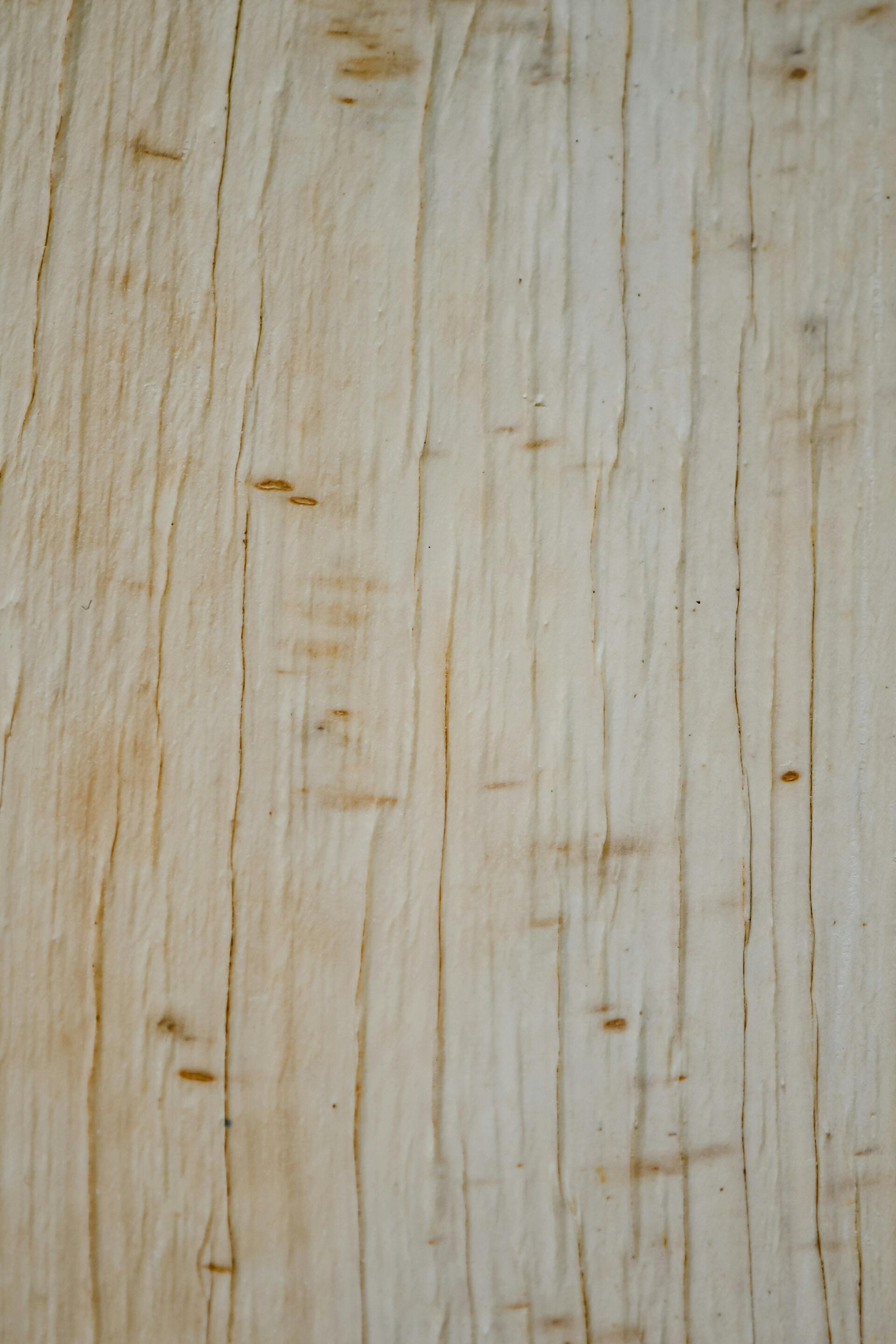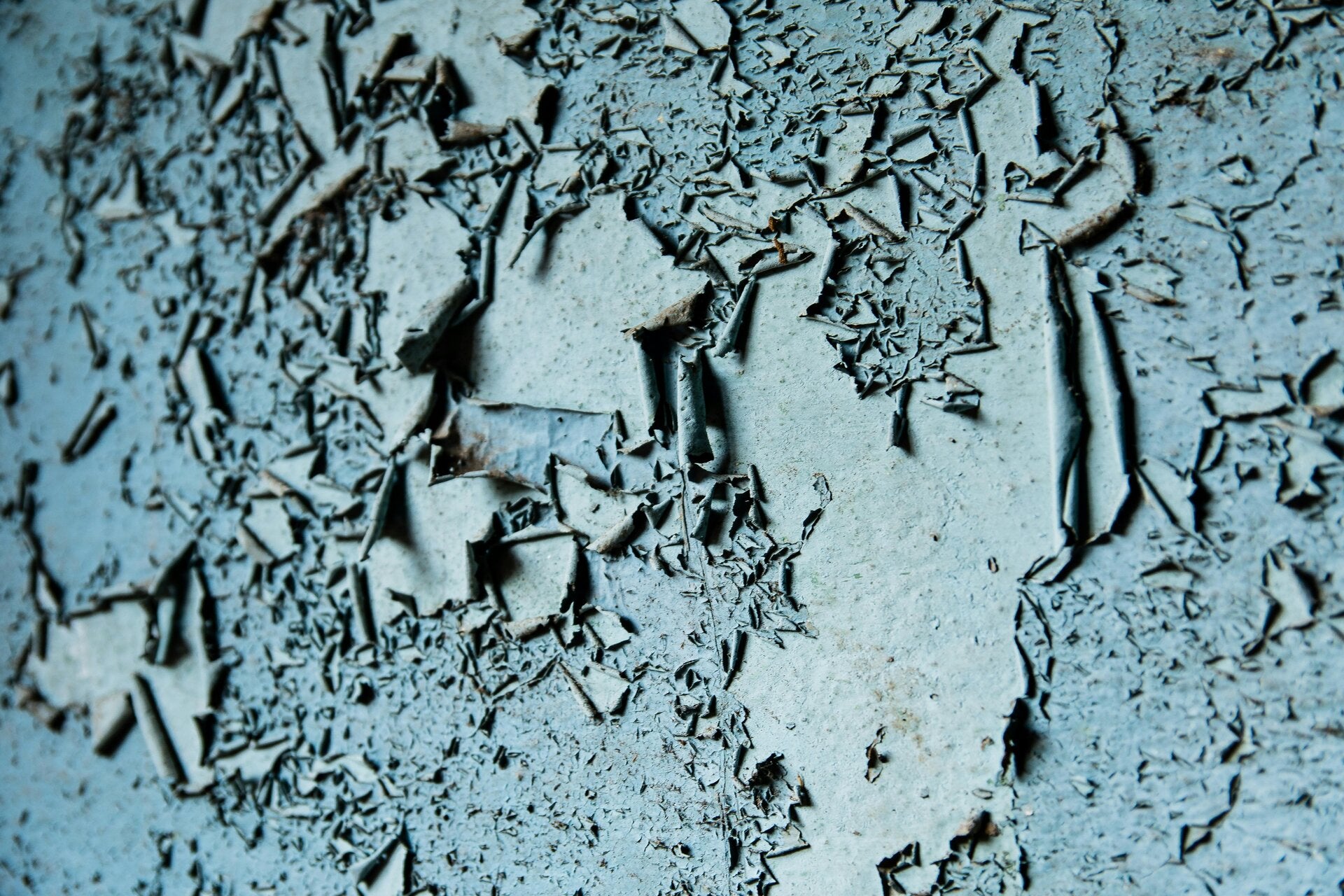Paint Stripping?
Nowadays is a huge growth in the wealth of paint stripping products because for some strange reason, many people seem to think that all previous paint must be stripped off before that very same surface is repainted, and frankly that is just wrong.

Why are you stripping paint?
If you are stripping paint so that you can reveal a lovely grain in your timber work which you want to finish in a clear finish; a varnish, a stain, an oil, a wax etc, then that's good.
However if you think that you must strip all paint off before you repaint, then there really is something not quite wired up right in your thinking box!
Every single layer of paint is a layer of protection, so the more layers of paint on a surface (substrate) the more layers of protection there are, quite obvious really.
Frankly, something has fundamentally gone wrong in today's thinking!

Do you really need to strip paint off?
More often, than not, paint stripping isn't necessary! Correct preparation of your previously painted substrates is much more beneficial both to the substrate itself, and your bank balance.
The modern world seems to have created a population obsessed with spending money on paint removal lotions unnecessarily, whilst also creating additional work, which is also completely unnecessary!
But don't forget! Decorating is easy, and every person you meet who have slapped a coat of Emulsion (normally badly) around their living room will tell you so! as they comfortably lean back in their "Expert's Armchair" today.

Start looking and thinking.
Stop Assuming!
Cracked paint might seem like a disaster, but it doesn't always necessitate stripping . Is it a moisture issue, poor adhesion, or simply old age? Addressing the underlying problem is key to a lasting solution.
Externally you must always be aware that natural Ultra Violet light often causes paint films to break down.
Paint films are thin
There is absolutely nothing wrong in scraping loose / flaking paint off with a paint scraper, and then 'feathering' the hard edges out using a fine grade filler such as British Gypsum lime based ( moisture vapor permeable) 'Quick Sand', then abrading it back correctly, and painting over everything using an oil based undercoat before finishing with an oil based full gloss or oil based satin finish.